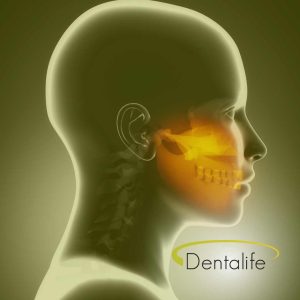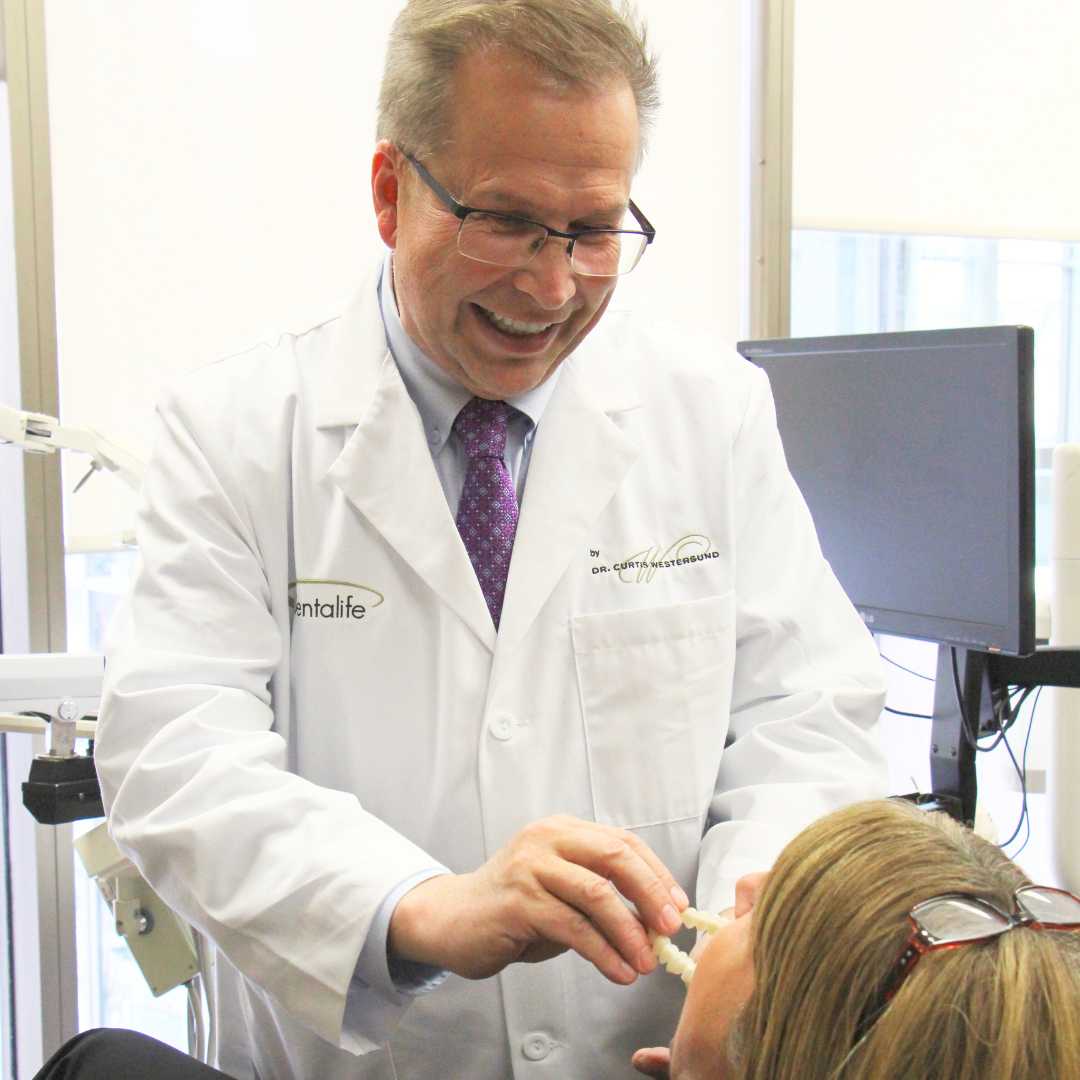
Dr. Curtis Westersund, TMJ Care Practitioner in Calgary:
“TMJ, or Temporomandibular Joint Disorder, is a dental and medical condition that affects the jaw joint(s), its related soft tissue and the muscles surrounding it. If left untreated, it can cause pain, discomfort, and even lock the jaw in place or limit its function. If you’re experiencing any of these symptoms, it’s important to know how to check if you have TMJ. In this blog post, we’ll show you how to check for TMJ in 5 simple steps.”
Is it possible for a dentist in Calgary to provide TMD relief?
Absolutely, a dentist in Calgary like Dr. Curtis Westersund can provide relief for Temporomandibular Joint Disorder (TMD), a condition affecting the jaw joint and the muscles that control jaw movement. The expertise of Dr. Westersund in this area is significant due to the comprehensive understanding of the anatomy and function of the jaw.
Dr. Westersund is well-equipped with the necessary skills and tools to diagnose and treat TMD, which can manifest in symptoms such as jaw pain, difficulty in moving the jaw, and a clicking or popping sound when the jaw moves.
What is TMJ?
TMJ, or Temporomandibular Joint Disorder, affects more than just the jaw joint! Pain and muscle tension related to the jaw and TMJ joints can lead to severe headaches, migraines, dizziness, nausea, jaw pain, neck pain, shoulder pain, ear pain, facial pain, sinus pain, skull base pain, and a number of other painful symptoms.
All of this can be caused by a simple misalignment of the jaw, an injury to the joints and joint soft tissue, airway problems and even unfortunate dental choices. The things patients often are concerned about, like teeth grinding and clenching, or a jaw joint that clicks, are merely symptoms of a more basic jaw problem.
What Are The Long-Term Effects Of TMJ?
It’s important to address TMJ disorder as soon as possible as it can have permanent long-term effects if left untreated. Long-term effects of TMJ can include chronic pain, headaches, clenching, jaw pain, ringing ears, neck pain, limited range of motion in the jaw, and other jaw-related issues. Without proper treatment, you may experience difficulty eating, speaking, or yawning. You may also have difficulty opening your mouth wide enough for dental hygiene practices like brushing or flossing. Additionally, you may experience more frequent headaches and earaches as a result of TMJ.
If you think you might have TMJ disorder, it’s important to schedule a TMJ Diagnosis Evaluation as soon as possible from a dentist such as Dr. Curtis Westersund in downtown Calgary. Dr. Westersund can help diagnose and treat TMJ disorder in order to avoid any long-term consequences.
What Are Some Treatments For TMJ?
The first and foremost thing is a full diagnosis of YOUR TMJ problem. As TMJ can appear different in every individual, it is important to know how “TMJ Problems” are affecting YOU. With this diagnosis we can suggest different types of treatments for you to choose from.
Typically, TMJ problems can best resolve when the whole body is allowed to shift from strained to structurally balanced. Since Dr. Westersund is a dentist, he will guide you on how dental treatments can help your particular problem. For the rest of the body, Dr. Westersund has a team of healthcare providers that also understand the complexity of TMJ problems he can refer you to. It is all about having the right healthcare provider for the right symptom to provide the right job.
Everyone’s bite is as unique as their fingerprint, so it’s important to tailor the best course of treatment for you.
5 Simple Steps To Check For TMJ
Here are 5 simple steps you can take to check if you have TMJ:
1. Do you experience headaches or migraines? TMJ can be the cause of your discomfort.
2. Do you have broken, cracked, or worn-down teeth? Constant teeth issues may be a sign that your bite doesn’t fit properly, which is one of the major causes of TMJ.
3. Do you frequently experience ear ringing, clogged ears, or ear pain? The location of the jaw joint makes the inner ear a major target for TMJ symptoms.
4. Perform the ‘Click Test’. First, open your mouth a little and place a finger over the jaw joint by your ear. Then, open your mouth until you feel the joint move. If the joint ‘clicks’ while moving, or if you feel tenderness when you touch it, then it’s likely that you have Temporomandibular Joint (TMJ) Disorder.
5. Go see a dentist who provides TMJ Pain Care! Many healthcare providers offer “simple TMJ fixes”. Unfortunately TMJ is often not a simple fix. Many times TMJ problems are signs of a more complex problems and causes. A general dentist such as Dr. Curtis Westersund in downtown Calgary can help diagnose TMJ, and will work with you every step of the way to determine a treatment plan that’s right for you.
Dr. Curtis Westersund, general dentist at Dentalife, downtown Calgary:
“If you have any further questions about TMJ, or would like to book an appointment, feel free to contact our knowledgable staff at any time and we’ll be glad to help. Or book a free ZOOM call with Dr. Westersund to find out more about TMJ issues.”




